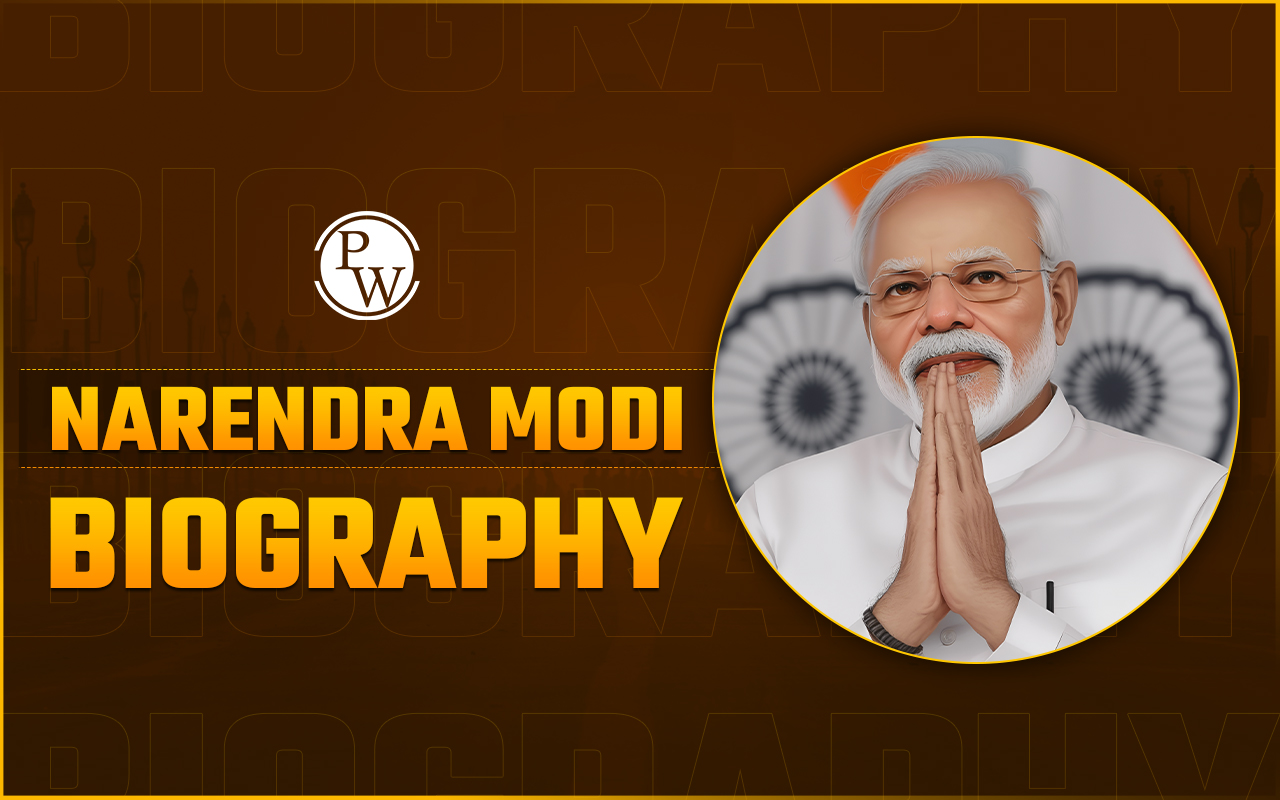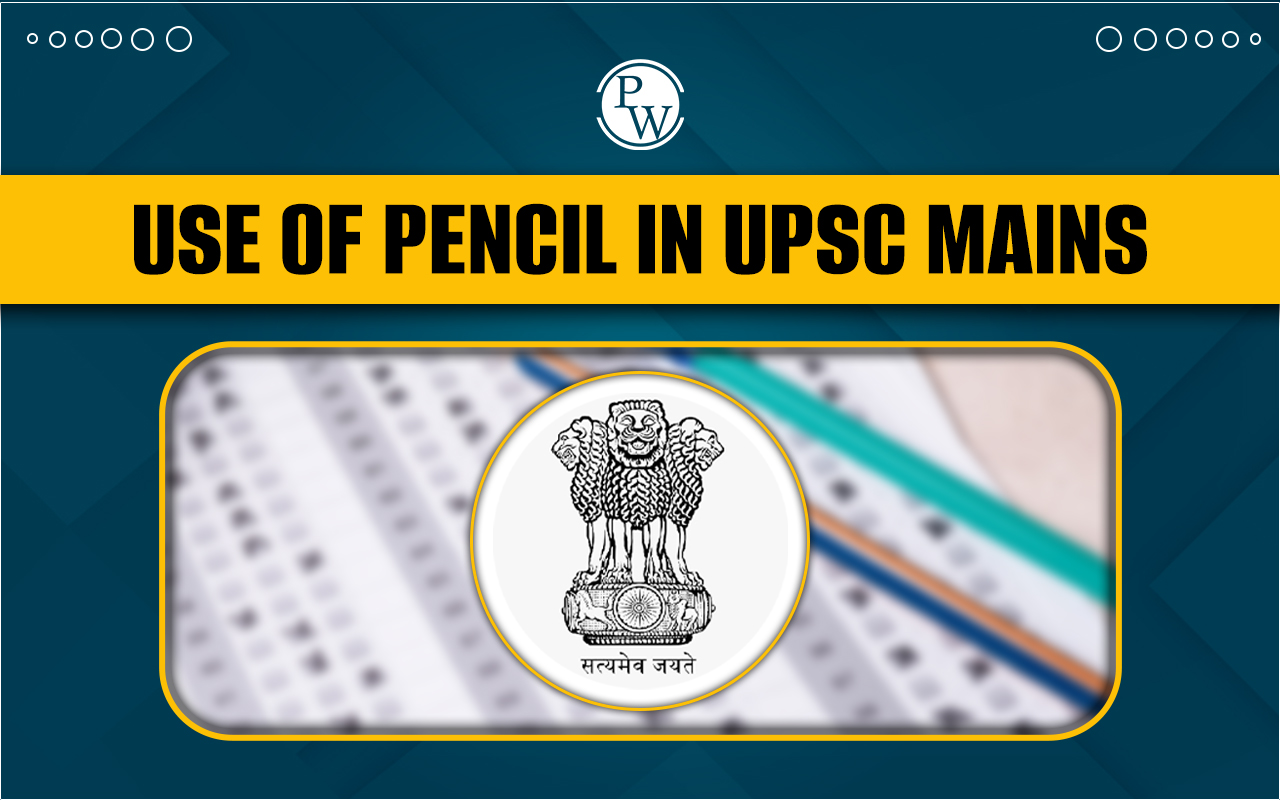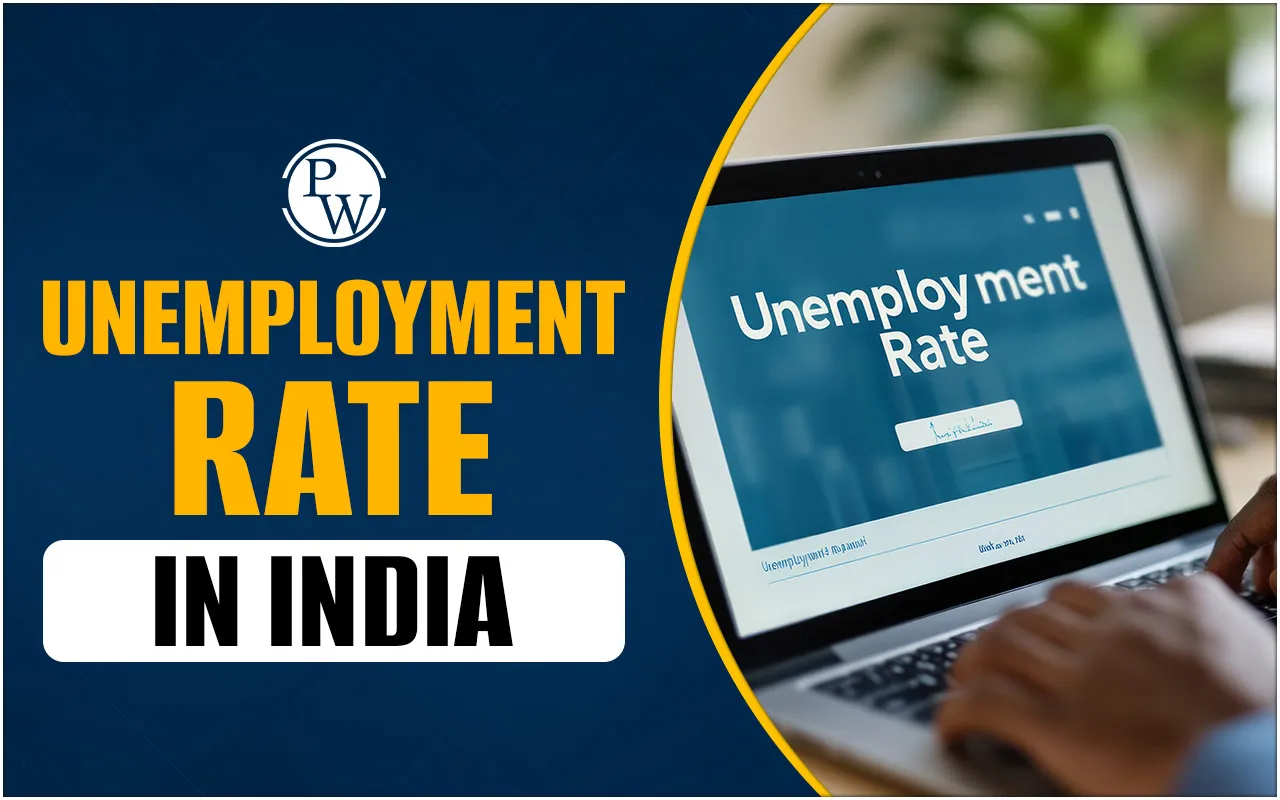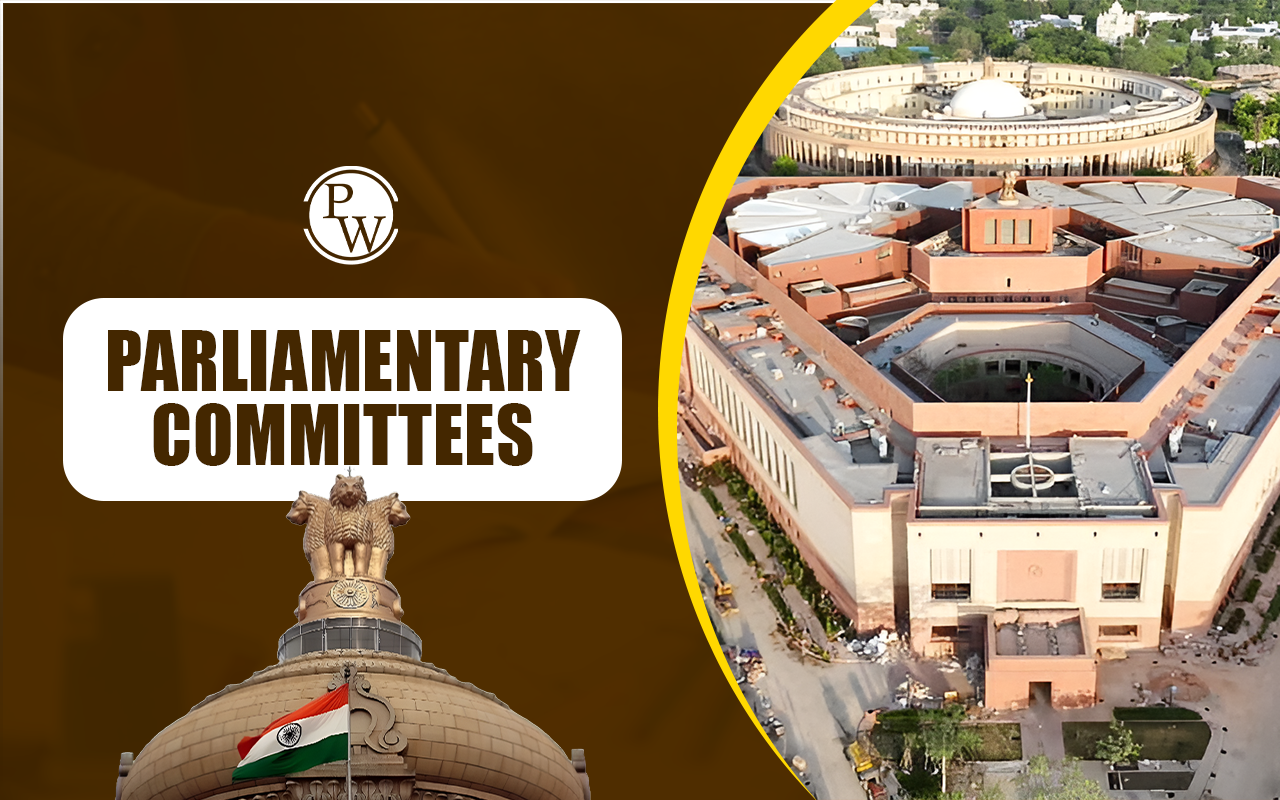
Vice President Jagdeep Dhankhar resigned on July 21, 2025, citing medical reasons, before completing his 5-year term. As the holder of the second-highest constitutional office in India, his resignation has created a vacancy in one of the most important positions in the country's political and parliamentary structure. Read on to know what will happen following acceptance of Vice President Jagdeep Dhankhar’s resignation letter.
Vice President Jagdeep Dhankhar Resigns Mid-Term
President of India Droupadi Murmu accepted Jagdeep Dhankhar's resignation letter on Tuesday after he resigned mid-term. He became Vice President in August 2022, and his term was supposed to end in August 2027. However, on late Monday night, he resigned under Article 67(a) of the Indian Constitution on the grounds of his health issues.
Article 67(a) of the Indian Constitution provides the constitutional provision for the resignation of the Vice President of India. It states that the Vice President may resign from office by submitting a written resignation addressed to the President. This resignation takes immediate effect upon acceptance by the President, as happened in the case of Vice President Jagdeep Dhankhar.
Why Did Vice President Jagdeep Dhankhar Resign?
According to news media, Jagdeep Dhankhar officially cited health reasons and medical advice as the basis for his unexpected resignation from office of Vice President. He mentioned prioritizing his health in his resignation letter addressed to President Droupadi Murmu. This is the first time a Vice President of India has cited health reasons as the primary basis for resigning mid‑term.
|
Do You Know? Jagdeep Dhankhar is the third Vice President in India’s history to resign mid-term. Before him, V.V. Giri and R. Venkataraman had resigned before completing their respective terms. However, their mid‑term exits were due to their presidential ambitions. |
What Happens If the Vice President Resigns Mid-Term?
When a Vice President resigns before completing his/her term, the following process follows:
-
The resignation creates a temporary vacancy in Parliament, as the Vice President is also the ex-officio Chairman of the Rajya Sabha.
-
The Deputy Chairman of the Rajya Sabha presides over the proceedings.
-
The Constitution does have a provision for an acting Vice President.
-
No fixed timeline for holding a Vice Presidential election in the Constitution after a mid-term resignation. It only mandates that the election be held “as soon as possible.”
-
The Election Commission of India initiates the process and announces the schedule as required.
-
The election is conducted under the Presidential and Vice-Presidential Elections Act, 1952.
-
The newly elected Vice President receives a full five-year term, not the remaining term of their predecessor.
Vice President of India: Removal and Resignation Process
The processes for removal and resignation of the Vice President of India are outlined in Article 67 of the Indian Constitution.
Resignation Process - Article 67(a)
The Vice President may resign at any time by submitting a written resignation addressed to the President of India. The resignation becomes effective immediately upon acceptance by the President.
Removal Process - Article 67(b)
The Vice President can be removed from office by a resolution of the Rajya Sabha, the upper house of Parliament. The process is as follows;
-
Initiation: Only the Rajya Sabha can initiate the motion for removal and not the Lok Sabha.
-
Majority: Must be passed by an effective majority, meaning the majority of all the then members of Rajya Sabha.
-
Notice Period: Requires at least 14 days’ prior notice before introduction.
-
Lok Sabha's Role: Must be agreed to by the Lok Sabha through a simple majority.
-
Grounds for Removal: Constitution does not specify the grounds for removal.
How Is the Vice President of India Appointed?
The Vice President of India is appointed by the President of India. He is selected through an election conducted by an electoral college consisting of all members of both Houses of Parliament, including nominated members.
The election uses the system of proportional representation by means of the single transferable vote. This process ensures a candidate must achieve a quota of votes to win. The voting is done by secret ballot. To be eligible, a candidate must:
-
Be a citizen of India.
-
Have completed the age of 35 years.
-
Be qualified for election as a member of the Rajya Sabha (Council of States).
-
Not hold any office of profit under the Government of India or any State.
The election is supervised by the Election Commission of India, and the elected Vice President takes the oath of office before the President of India.
What Will Happen Next After the Vice President’s Resignation?
So, what happens next after Vice President Jagdeep Dhankhar resigns? Here’s how the process is likely to unfold:
-
In the Vice President’s absence, the Deputy Chairman of the Rajya Sabha, Harivansh Narayan Singh, will preside over the House.
-
Since there is no fixed deadline for filling the vacancy, the Election Commission will announce the election schedule.
-
The Secretary General of either House (on a rotational basis) will be appointed as the Returning Officer.
-
The elected candidate will serve a full five-year term starting from the date of assuming office, not just the remainder of Dhankhar’s term.
Want to learn more about Indian Polity for UPSC exams? Enroll in Physics Wallah’s UPSC courses now!
Vice President Jagdeep Dhankhar Resigns FAQs
Who is the Vice President of India?
Why did Jagdeep Dhankhar resign?
Under which Article does the Vice President resign?
Who is the Vice President and Vice Prime Minister of India?
What happens if the Vice President's post is vacant?














